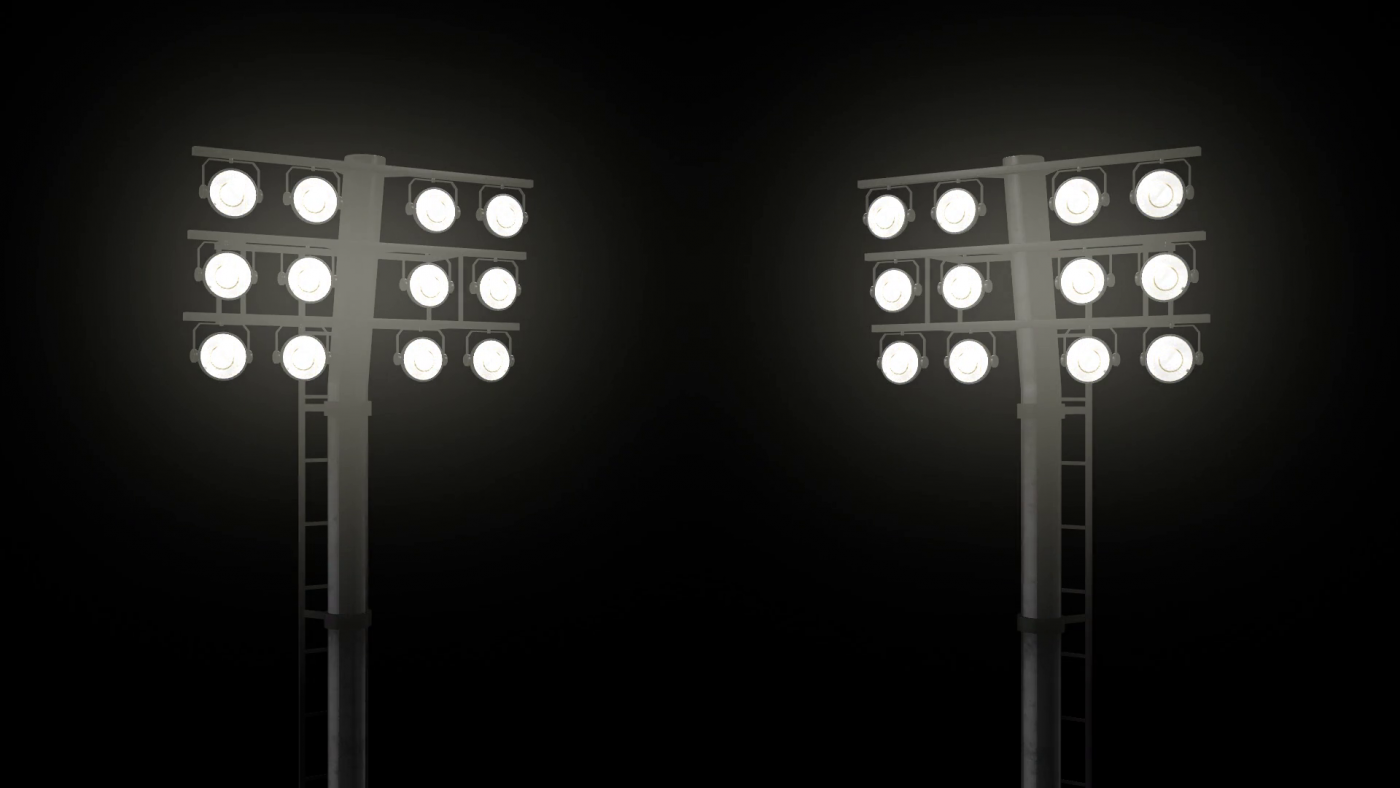In modern lighting technology, flood lights, with their powerful illumination and diverse applications, have become a crucial component illuminating our future. From urban skyscrapers, sports stadiums, and roads to residential courtyards and public gardens, flood lights create safe and bright environments, injecting endless vitality into our nighttime lives.
In the latest technological trends, the integration of solar photovoltaic technology has paved the way for a new direction in flood light development. By storing energy from solar panels during the day, flood lights can provide stable, eco-friendly illumination at night, contributing to the cause of energy conservation and environmental protection. Furthermore, the introduction of motion sensing technology has endowed flood lights with intelligent perception capabilities. Automatically adjusting brightness based on surrounding light levels and human activity, these lights maximize energy utilization.
Construction and Key Technologies of Flood Lights
The construction of flood lights is intricate, with each component playing a vital role.
- Materials for the Light Body: Flood lights are typically constructed from materials such as aluminum alloy, stainless steel, or high-strength plastics. These materials offer excellent heat dissipation, ensuring that the fixtures do not overheat during extended operation, thus prolonging the entire system’s lifespan.
- Choice of Light Source: Flood lights commonly employ high-brightness LEDs. Compared to traditional light sources, LEDs not only provide higher brightness but also boast longer lifespans and lower energy consumption. Furthermore, LEDs are available in various colors and color temperatures, allowing users to create diverse lighting effects according to specific needs.
- Reflector and Lens Design: The reflector and lens are critical elements determining beam distribution. A suitable reflector focuses light, providing illumination over longer distances, while lenses dictate the beam’s angle. Wide-angle lenses can be chosen for broad illumination, or spotlight lenses for concentrated lighting. Properly matching reflectors and lenses enhances the flood light’s overall illumination performance.
- Choice of LED Driver Power Supply: When selecting a LED power supply, factors such as stable output, power compatibility, efficiency, multiple protection mechanisms, water and dust resistance, durability, reliability, and adherence to safety standards must be considered. Stable current and voltage supply are essential for maintaining consistent brightness. Choosing a LED power supply that meets international safety standards ensures the system’s long-term stability.
The continuous innovation and development of flood light technology position them as increasingly indispensable players in the modern lighting landscape. Whether in the city’s nightscape or the dawn of rural areas, flood lights will serve as the green beacon illuminating our future, guiding us towards a brighter, smarter, and more environmentally friendly tomorrow.
